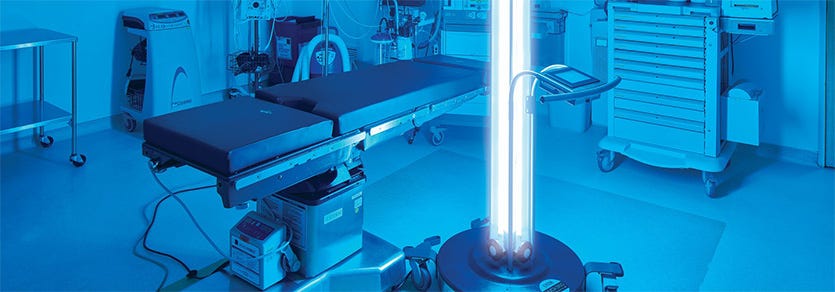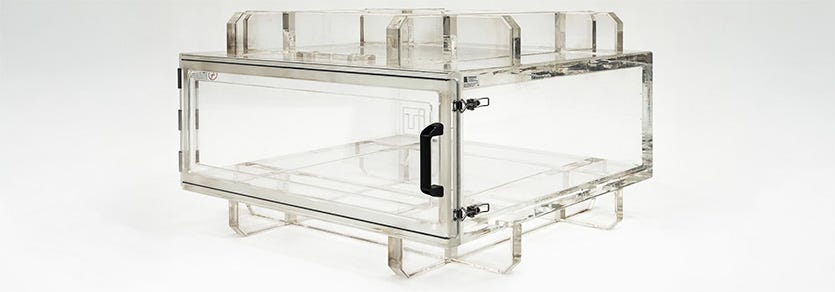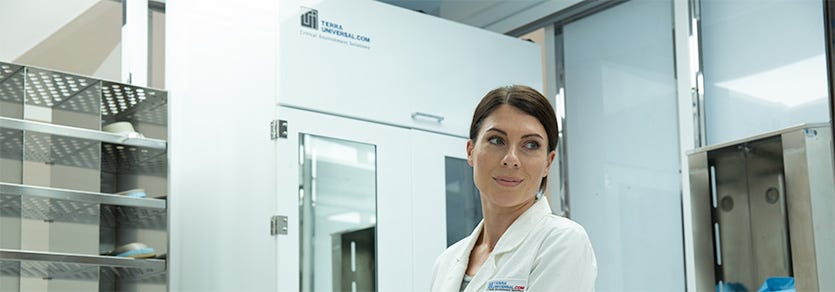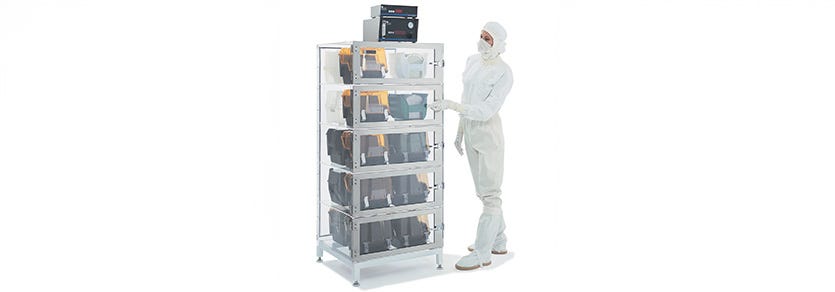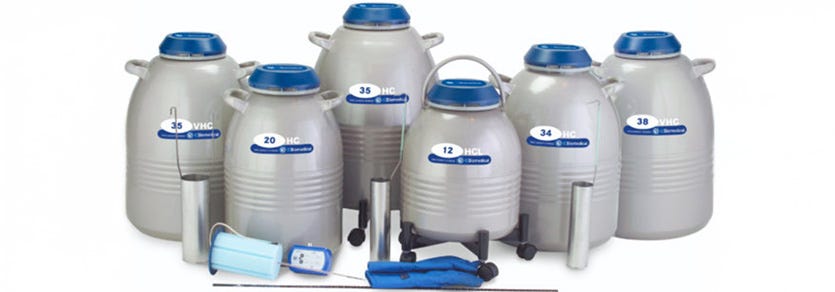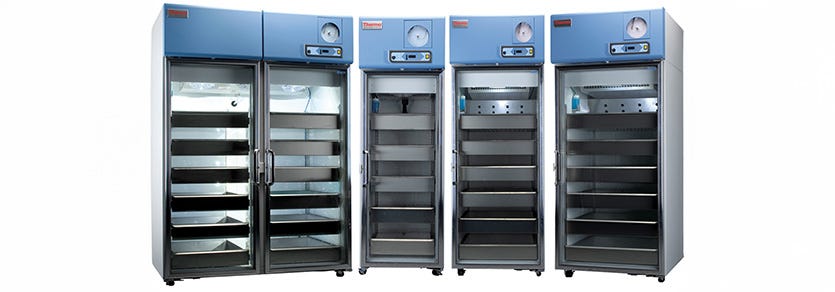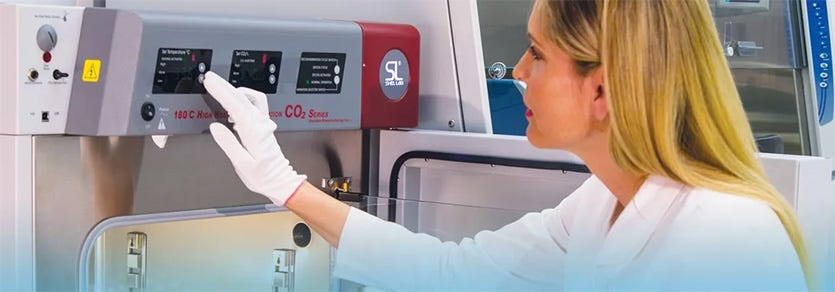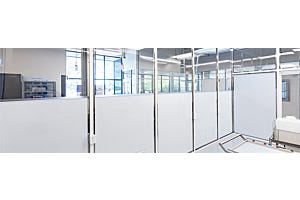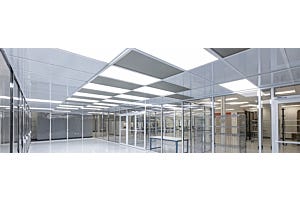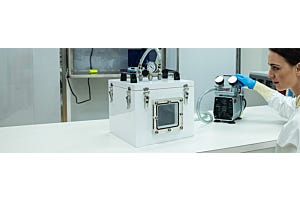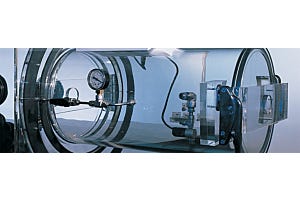- +1 (714) 578-6100
Mon-Fri, 7am - 6pm PST
Storage Systems & Processes
- Read more »In the age of "superbugs" and antimicrobial-resistant bacteria, modern disinfection protocols will face continued scrutiny. prompting many to consider the integration of Ultraviolet C (UVC) technology. General disinfectants, while effective in many scenarios, exhibit notable shortcomings. In the current realm, confronting hard-to-kill bacteria and spores typically relies on aggressive high-powered sterilants, oxidizers, and denaturants in liquid or vapor forms.
- Read more »
A vacuum chamber is a sealed container that creates a localized, low-pressure environment. Vacuum chambers and vacuum gloveboxes are used in a variety of applications including scientific research, manufacturing, product development, performance testing, and simulation environments. Vacuum chamber applications include, but are not limited to, leak testing, stress testing, semiconductor failure analysis, degassing, drying, distillation, permeability testing, coating, specific gravity determination, atmospheric simulations, and inert gas storage.
- Categories: Storage Systems & ProcessesRead more »
Terra Universal's newest UVC cabinets with HEPA filtration increase storage capacity and improve contamination control for large items and bulk garments. HEPA filtered cabinets with far-UVC light are well equipped to dry, store, and passively decontaminate a wide variety of instruments, garments, devices, and shared gear that can otherwise be difficult to wipe down or sanitize with liquid disinfectants.
- Read more »
You need to protect sensitive samples, but you don’t want to overpay. Below is a list of application descriptions to help choose the best desiccator storage system for your application and budget.
- Read more »
Desiccators, sometimes called dry boxes, provide a low-humidity atmosphere for storage of items and materials that would otherwise be damaged by moisture. Desiccators are used for a wide range of applications across several scientific disciplines.
In chemistry and biology, desiccators are often used to store hygroscopic reagents and chemicals. Keeping these compounds in a low-humidity environment drastically increases their shelf life. In semiconductor research and manufacturing, dry storage is often employed to prevent damaging oxidation of wafers and other components that can lead to immediate or latent failures.
- Read more »
The cryoprotectant your lab selects for long-term storage of both eukaryotic and bacterial cell storage can have profound implications for future experimental results. Cryoprotectants, literally “to protect cells and tissue from damage due to freezing,” can be man-made, or generated in nature. For example, some species of plants and animals produce substances with anti-freeze properties to help them survive cold environments. The sugar trehalose is one such compound, and is being tested as a cryoprotectant option for lab use.
- Read more »
Just as there are many different types of laboratories with varying needs, there are many laboratory freezers/refrigerators to fill those needs. Based on the types of specimens and supplies you intend to store, choose a freezer that fits the bill. Keep reading for some information that will help you determine which units work best for your lab.
- Read more »For decades, environmental test chambers have been used to study products with countless applications in fields such as aerospace, artificial intelligence, automotive, electronics, solar cell, medical, industrial and consumer research. In these industries, the sample or material to be tested must be exposed to defined variations of environmental factors to study the effects, or even as preparation for future studies.



